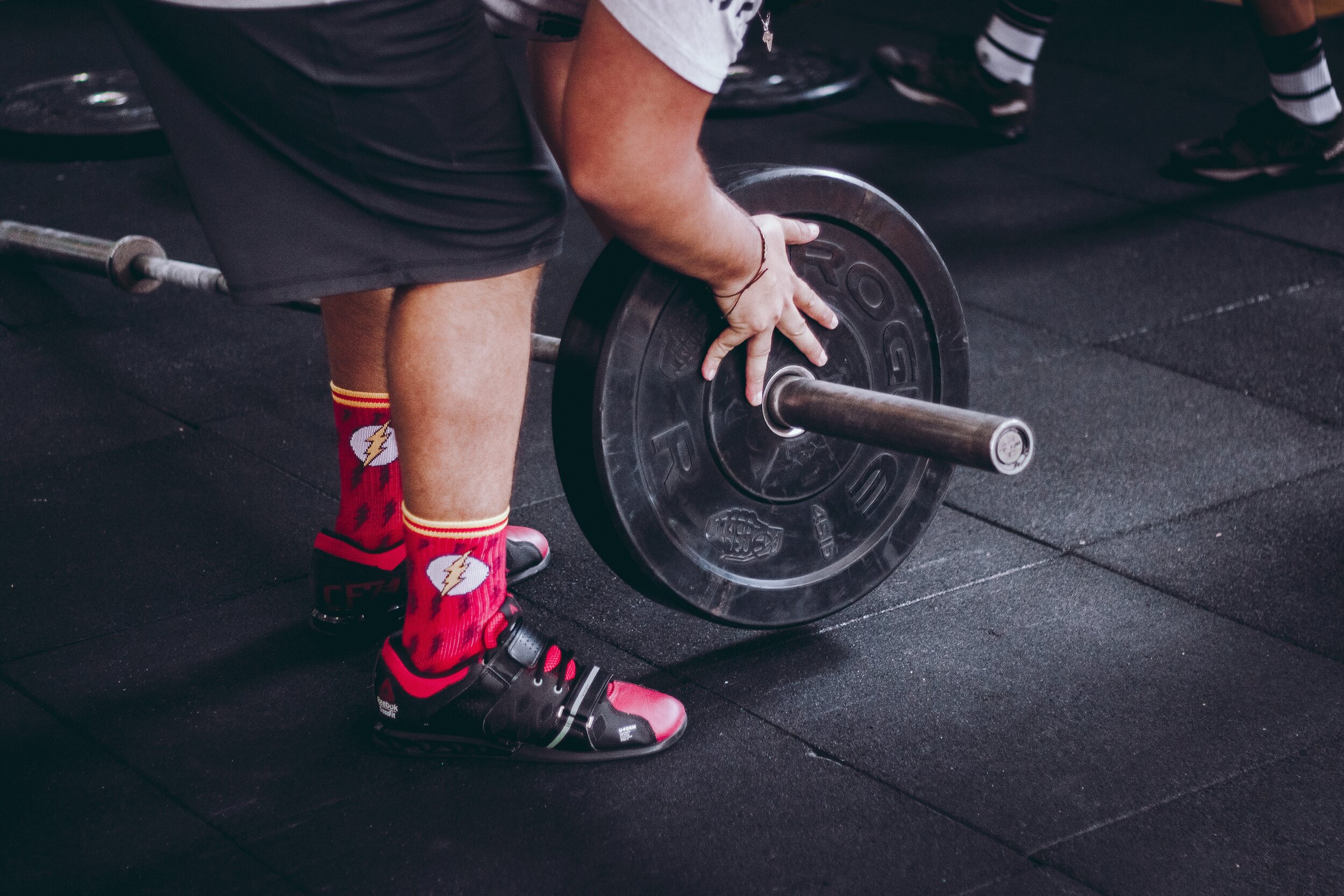How To Prevent Wrist Pain When Weight Training
Nothing gets your heart pumping like weights training.
It is one of the best ways to burn calories and boost your mood. Let’s not forget its magical body sculpting prowess.
Just ask the muscle clad Adonis’ standing between you and the mirror at the gym.
The Australian Physical Activity and Sedentary Behaviour Guidelines back its benefits. They recommend that adults engage in weight or resistance training at least twice a week.
Based on the principle that muscles will work to overcome force, weight training often involves explosive movement with multiple repetitions.
Used correctly it improves bone density, muscle, tendon and ligament strength as well as general aerobic fitness.
Unfortunately, it can be easy to get wrong. Wrist pain is a common consequence.
Why?
The small bones in your wrist, known as the carpals, are designed to give you a large range of mobility.
Highly mobile joints are infamously unstable. Like the new intern at work, these little guys often take on more then they can handle.
Overloading your wrists with weight, lifting with the joint extended and excessive repetition can all contribute to the problem.
Too much distraction (yes, we’re talking to you Adonis) can also lead to injury inducing form.
With continuous compression the joint becomes inflamed and that inflammation is often the source of wrist pain.
Untreated, it can lead to conditions such as carpal tunnel syndrome, tendonitis and arthritis.
How to fix it?
The best way to stop wrist pain, is to take a preventative approach. Even if you haven’t experienced wrist pain, you could unknowingly be doing harm.
Work on your technique
Like most forms of exercise, weight training requires proper technique to be effective. And, like most types of exercise, there are a multiple ‘how-to’ videos circulating the internet.
If you are just starting out, we recommend seeking the assistance of a qualified trainer.
They understand how muscles, tendons and bones interact with one another. They are educated to identify correct form and can help you achieve your goals safely.
A good test of your technique is to check the way your wrist looks when you lift. You should always aim to keep your wrist aligned with your forearm. This provides the best support.
How you hold the equipment can make a big difference. Hold the dumbbell in your palm and not with your fingers.
Staying focused and understanding your weaker areas will help you improve technique, and not to mention your results as well.
Use the right stuff
Ensure you are using the right equipment for your workout. This applies to choosing an appropriate weight, as well as the right support for your wrists.
You should be able to lift your weight of choice for at least eight repetitions. If you are unable to do that, the weight is likely too heavy.
While weight training isn’t supposed to be easy, there is still a limit to how much we should take on. For a lot of us, lifting our own body weight is enough of a challenge.
Wrist Assured™ Gloves offer support for all types of weight bearing exercise. From burpees to dumb bell lifts.
WAGs gel pads support your hands at an angle the prevents pressure building in your wrist. This is particularly effective for forward weight bearing exercises like push ups and burpees.
You’ll be winning one handed push up challenges before you know it.
The glove’s non slip-surface makes it perfect for lifting weights. No more slippery, sweaty palms. With your grip sorted, you can focus on other, more important things.
Find out more about how you can use WAGS to avoid wrist pain and injury HERE.



